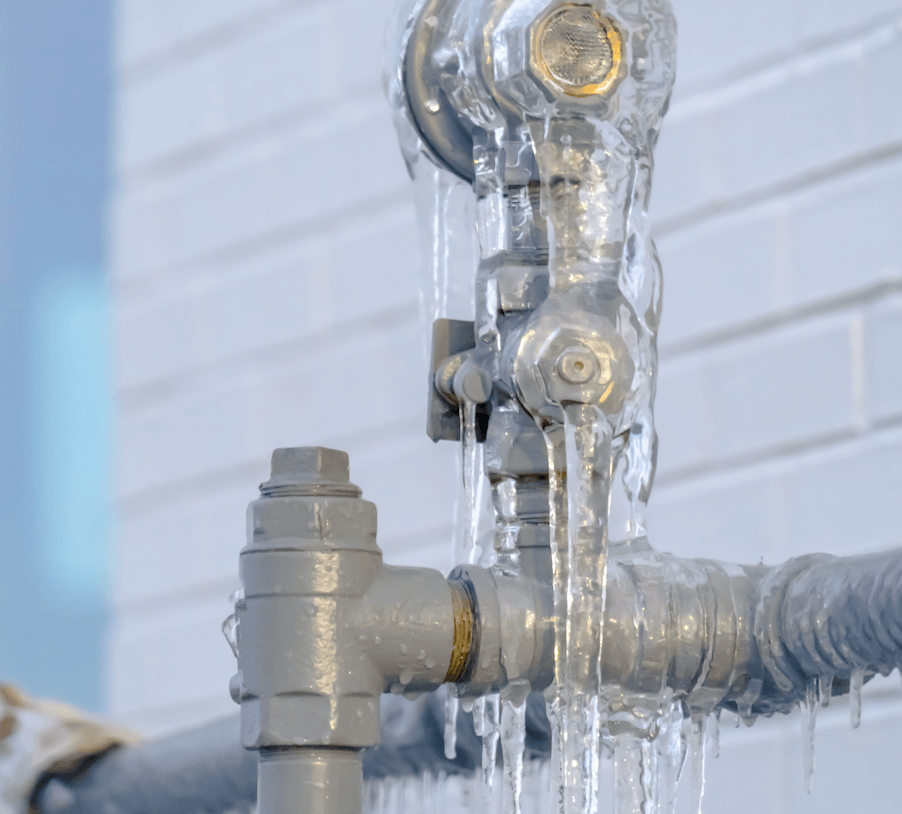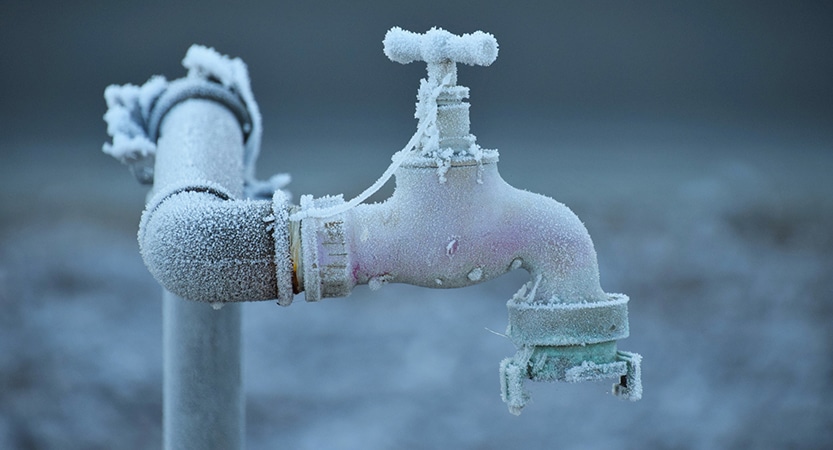Tips to Safeguard Your Plumbing from Freezing: Key Tips
Tips to Safeguard Your Plumbing from Freezing: Key Tips
Blog Article
What're your thoughts on How to Prevent Your Pipes From Freezing?

Cold weather can wreak havoc on your plumbing, particularly by freezing pipelines. Below's just how to prevent it from happening and what to do if it does.
Introduction
As temperature levels decrease, the risk of frozen pipelines rises, potentially causing pricey fixings and water damage. Comprehending how to avoid frozen pipes is crucial for home owners in chilly environments.
Comprehending Icy Pipes
What creates pipes to ice up?
Pipelines freeze when revealed to temperatures below 32 ° F (0 ° C) for expanded periods. As water inside the pipes ices up, it expands, putting pressure on the pipeline wall surfaces and possibly causing them to rupture.
Threats and problems
Frozen pipes can cause water disruptions, residential property damages, and pricey repairs. Burst pipes can flooding homes and create extensive architectural damages.
Indicators of Frozen Piping
Recognizing icy pipes early can prevent them from bursting.
Just how to determine frozen pipes
Seek lowered water flow from faucets, uncommon odors or noises from pipelines, and visible frost on revealed pipelines.
Prevention Tips
Protecting susceptible pipelines
Wrap pipes in insulation sleeves or use heat tape to protect them from freezing temperature levels. Focus on pipelines in unheated or exterior areas of the home.
Home heating techniques
Maintain interior areas effectively heated, specifically locations with plumbing. Open up closet doors to allow warm air to flow around pipelines under sinks.
Safeguarding Outside Pipes
Yard hoses and outdoor faucets
Detach and drain pipes yard pipes prior to winter months. Install frost-proof spigots or cover outdoor taps with shielded caps.
What to Do If Your Pipelines Freeze
Immediate activities to take
If you believe icy pipelines, keep faucets open to ease pressure as the ice thaws. Make use of a hairdryer or towels taken in hot water to thaw pipes slowly.
Long-Term Solutions
Architectural modifications
Think about rerouting pipes far from exterior walls or unheated locations. Add added insulation to attics, cellars, and crawl spaces.
Updating insulation
Invest in high-grade insulation for pipes, attic rooms, and walls. Correct insulation assists keep consistent temperatures and lowers the threat of icy pipes.
Conclusion
Protecting against icy pipelines needs proactive procedures and quick reactions. By recognizing the causes, indications, and preventive measures, house owners can protect their pipes throughout cold weather.
5 Ways to Prevent Frozen Pipes
Drain Outdoor Faucets and Disconnect Hoses
First, close the shut-off valve that controls the flow of water in the pipe to your outdoor faucet. Then, head outside to disconnect and drain your hose and open the outdoor faucet to allow the water to completely drain out of the line. Turn off the faucet when done. Finally, head back to the shut-off valve and drain the remaining water inside the pipe into a bucket or container. Additionally, if you have a home irrigation system, you should consider hiring an expert to clear the system of water each year.
Insulate Pipes
One of the best and most cost-effective methods for preventing frozen water pipes is to wrap your pipes with insulation. This is especially important for areas in your home that aren’t exposed to heat, such as an attic. We suggest using foam sleeves, which can typically be found at your local hardware store.
Keep Heat Running at 65
Your pipes are located inside your walls, and the temperature there is much colder than the rest of the house. To prevent your pipes from freezing, The Insurance Information Institute suggests that you keep your home heated to at least 65 degrees, even when traveling. You may want to invest in smart devices that can keep an eye on the temperature in your home while you’re away.
Leave Water Dripping
Moving water — even a small trickle — can prevent ice from forming inside your pipes. When freezing temps are imminent, start a drip of water from all faucets that serve exposed pipes. Leaving a few faucets running will also help relieve pressure inside the pipes and help prevent a rupture if the water inside freezes.
Open Cupboard Doors
Warm your kitchen and bathroom pipes by opening cupboards and vanities. You should also leave your interior doors ajar to help warm air circulate evenly throughout your home.

We were introduced to that article on Winter Plumbing Precautions: Preventing Frozen Pipes from a buddy on a different web page. So long as you enjoyed reading our page please remember to pass it around. I praise you for your time. Kindly check our site back soon.
Call Today Report this page